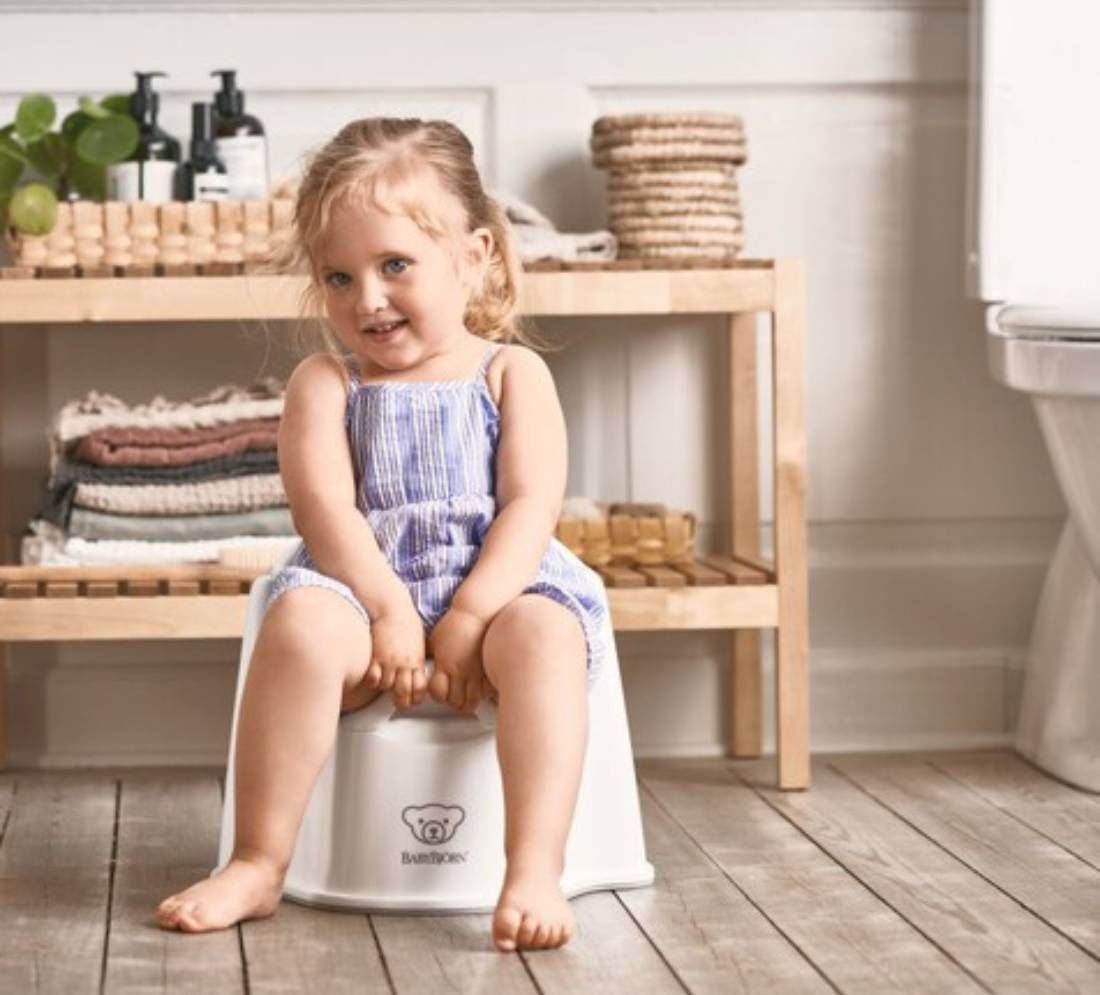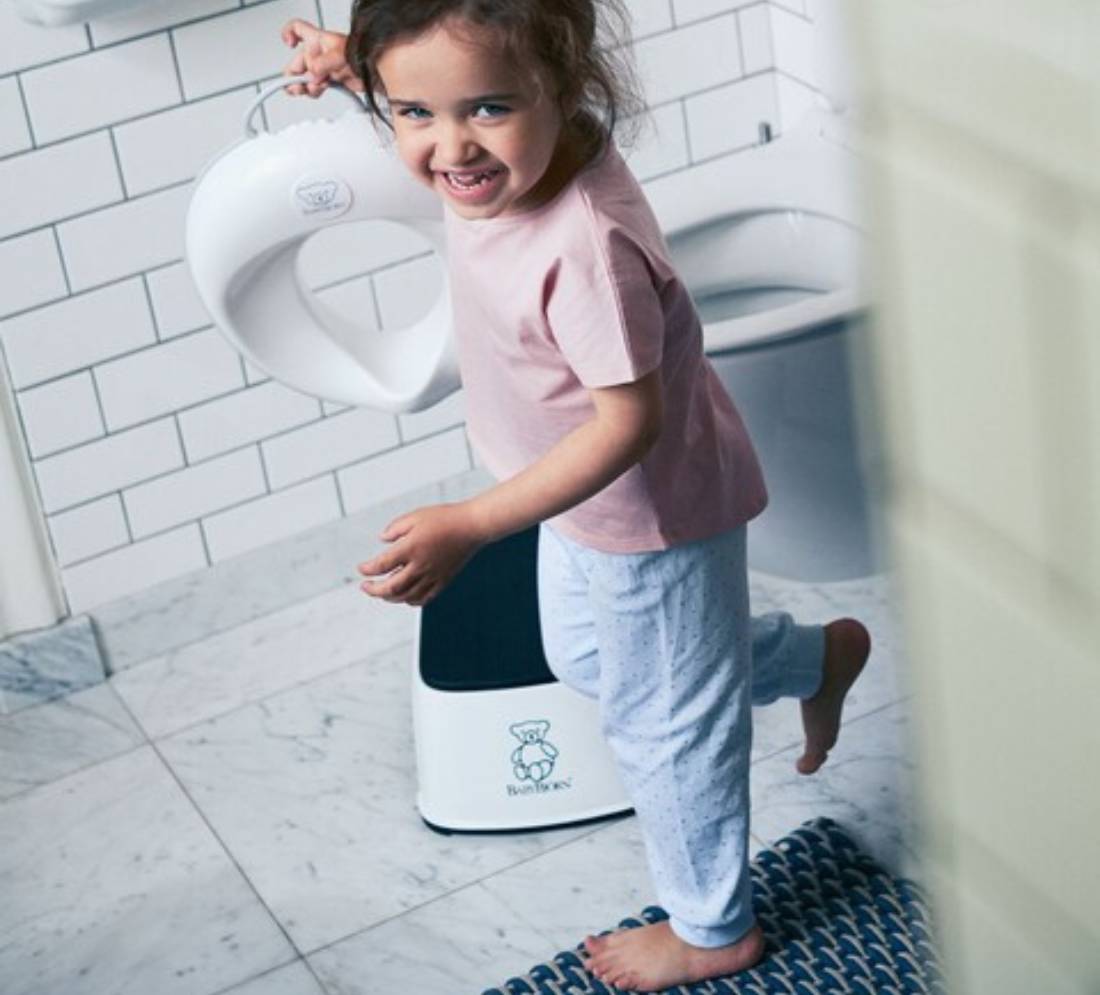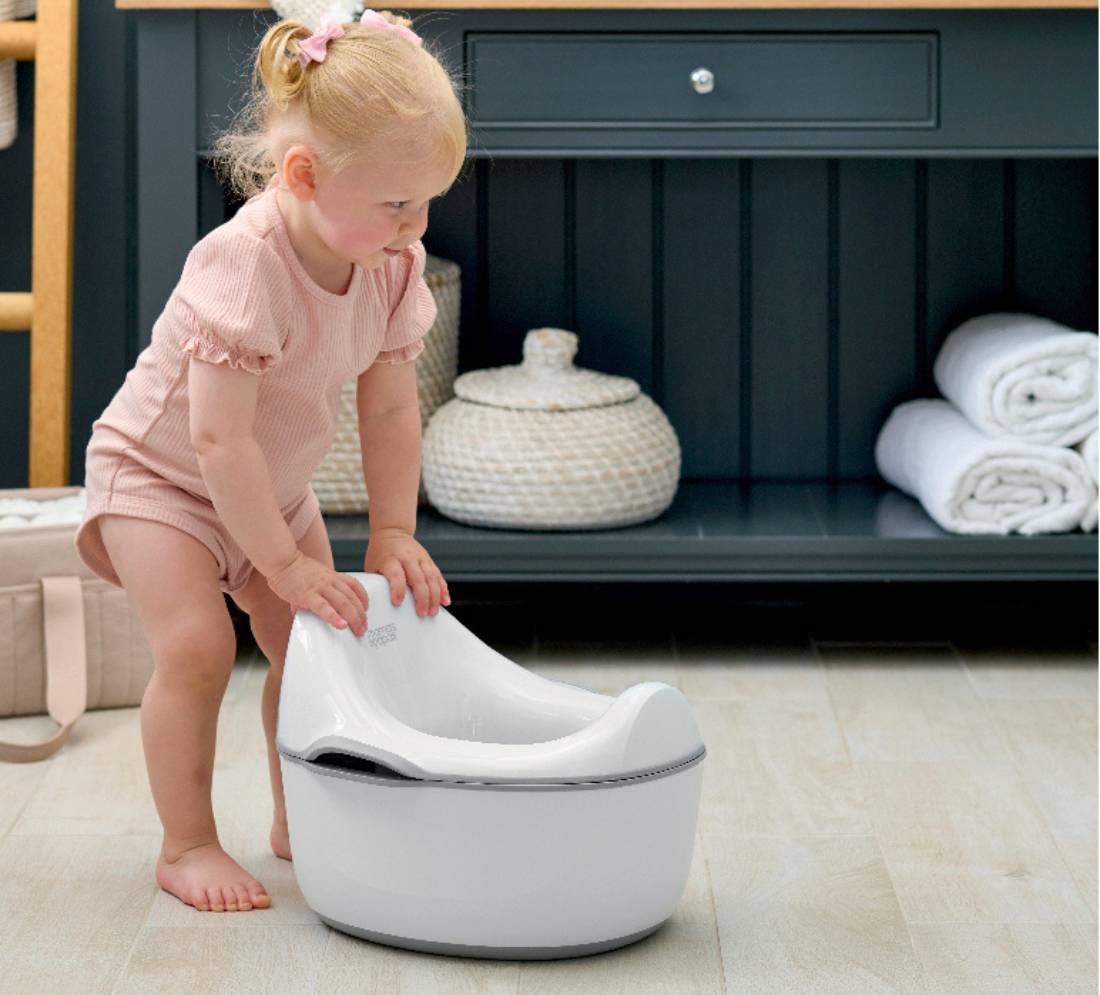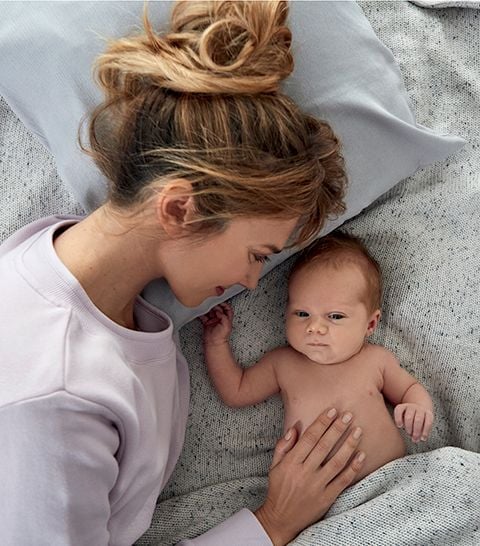
When to Start Potty Training
Recognizing Readiness Signs
The ideal time to start potty training is when your child shows signs of readiness. Most children are ready between 18 and 24 months, but it’s important to remember that every child is different. Key indicators that your child might be ready include:
- Staying Dry for Longer Periods: If your child stays dry for a few hours or wakes up with a dry diaper, it’s a sign their bladder is developing control.
- Showing Interest in the Potty: If they show curiosity about the bathroom or express interest in adult bathroom habits, they may be ready to start.
- Understanding Simple Instructions: Being able to follow basic instructions and communicate their needs is crucial for potty training success.
- Discomfort with Dirty Diapers: If your child seems uncomfortable or upset by a dirty diaper, it might be time to introduce the potty.

How to Start Potty Training
Creating a Positive Environment
Starting potty training involves making the process as positive and stress-free as possible. Here’s a step-by-step guide to get you started:
-
Introduce the Concept: Begin by talking about potty training in a positive and casual manner. Use books and videos designed for toddlers to help them understand the process.
-
Choose the Right Equipment:
-
Potty Chair: A potty chair is a great starting point, especially for toddlers who may feel intimidated by a full-sized toilet. Potty chairs come in various designs, often featuring fun colors and characters that appeal to young children.
-
Toilet Training Seat: If your child prefers using the regular toilet, a toilet training seat can make the transition easier. These seats fit over the existing toilet and often come with a built-in ladder to help your child reach the seat comfortably.
-
Establish a Routine: Consistency is key. Encourage your child to sit on the potty at regular intervals, such as after meals and naps. Praise their efforts, even if they don’t succeed immediately.
-
Use Positive Reinforcement: Reward your child with praise, stickers, or a small treat for successfully using the potty. This positive reinforcement can motivate them to continue using the potty.
-
Dress for Success: Dress your child in easy-to-remove clothing. This will make it easier for them to get to the potty on time.

Night-Time Potty Training
Transitioning to Night-Time Training
Night-time potty training can be more challenging than daytime training, as children may still be developing the ability to hold their bladder through the night. Here are some tips to ease this transition:
-
Wait Until Daytime Training is Successful: Ensure your child is consistently using the potty during the day before starting night-time training.
-
Limit Fluids Before Bed: Reduce the amount of fluids your child drinks in the evening. Avoid drinks an hour before bedtime to minimize nighttime accidents.
-
Encourage a Pre-Bedtime Potty Visit: Make it a routine to have your child use the potty right before going to bed.
-
Protect the Mattress: Use a waterproof mattress cover to protect against accidents. This can help reduce the stress of potential nighttime mishaps.
-
Be Patient and Supportive: Night-time training can take longer. Be supportive and avoid punishing your child for accidents. Offer reassurance and praise for their efforts.

Useful Products for Potty Training
Choosing the Right Tools
Having the right products can make the potty-training process easier and more enjoyable for both parents and children. Here are some recommended products:
-
Potty Chairs: Look for potty chairs that are easy to clean and comfortable for your child. Many come with features like splash guards and removable bowls for convenience.
-
Toilet Training Seats: Choose a training seat that fits securely on your toilet and includes a non-slip base. Some models come with handles or built-in steps for added safety and convenience.
-
Potty Training Pants: Transitioning from diapers to training pants can help your child feel like they’re wearing big kid underwear while still providing some protection against accidents.
-
Picture Books: Books about potty training can be a great way to introduce the concept and make it less intimidating. Titles like “Little Otter Uses the Potty” by Sassi are a popular choice that can help make potty training fun and educational.
Potty training is a unique journey for each child, but with the right approach and tools, it can be a smooth and successful transition. By recognizing signs of readiness, starting with a positive mindset, and using helpful products, you can support your child in becoming potty trained with confidence. Remember to be patient and celebrate each milestone along the way. Happy potty training!







